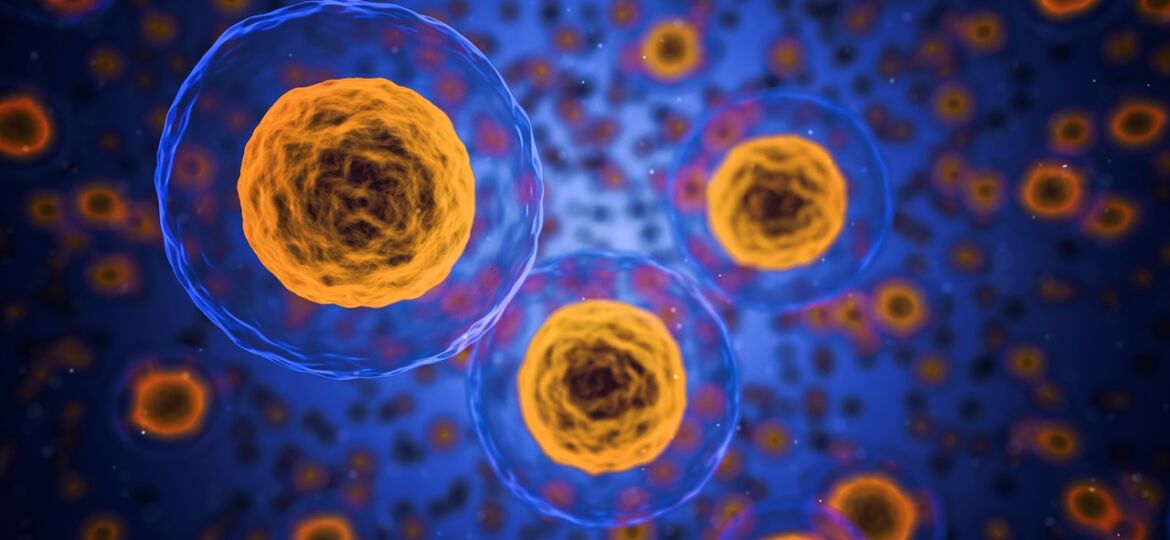
Stem cells have the potential to grow into a wide range of various kinds of cells in the body. When a person is harmed, for example, stem cells migrate to the location of the injury and help in the repair of damaged tissues. A new nanotechnology created by a team of Texas A&M University researchers might harness the body’s regeneration power by guiding stem cells to build bone formation.
The team is led by Akhilesh K. Gaharwar, associate professor and Presidential Impact Member in the Department of Biomedical Engineering, as well as a fellow of the American Institute for Medical and Biological Engineering. The researchers created water-stable, two-dimensional covalent organic framework (COF) nanoparticles that can control the development of human mesenchymal stem cells into bone cells.
Because of their crystallinity, ordered and customizable porous structure, and high specific surface area, 2D COFs (porous organic polymers) have received a lot of study interest. However, the difficulties in converting COFs into nanosized materials, as well as their low stability, has restricted their use in regenerative medicine and drug delivery. There is a need for innovative techniques that deliver these COFs with adequate physiological stability while also preserving their biocompatibility.
Gaharwar’s group improved the hydrolytic (water) stability of COFs by combining them with amphiphilic polymers, which are macromolecules containing both hydrophobic and hydrophilic components. This novel technique allows COFs to disperse in water, allowing these nanoparticles to be used in biological applications.
“To the best of our knowledge,” Gaharwar added, “this is the first study revealing the potential of COFs to drive stem cells toward bone tissue.” “This innovative technique has the potential to change the way bone regeneration is treated.”
Even at greater concentrations, the researchers discovered that 2D COFs had no effect on cell survival or proliferation. They discovered that these 2D COFs have bioactivity and can guide stem cells to bone cells. The preliminary study found that the form and size of these nanoparticles may impart bioactivity, but further in-depth research is needed to get mechanistic insights.
These nanoparticles are very permeable, and Gaharwar’s team has taken use of this unique property for medication delivery. They were able to inject an osteo-inducing medication called dexamethasone into the porous structure of the COF to boost bone growth even more.
“These nanoparticles might extend medication delivery to human mesenchymal stem cells, which are extensively employed in bone regeneration,” said Sukanya Bhunia, the study’s senior author and postdoc associate in the biomedical engineering department. “Sustained drug administration resulted in improved stem cell differentiation toward bone lineage, and this approach has the potential to be exploited for bone regeneration.”
Gaharwar said that now that a proof-of-concept has been established, the team’s next step in its study will be to examine this nanotechnology in a sick model.
These discoveries are significant for future biomaterial design, since they may provide guidance for tissue regeneration and drug delivery applications.
The findings were reported in the journal Advanced Healthcare Materials. Manish Jaiswal, Kanwar Abhay Singh, and Kaivalya Deo from Texas A&M’s biomedical engineering department also contributed to the study. The National Institutes of Health’s National Institute of Biomedical Imaging and Bioengineering funded the study.



